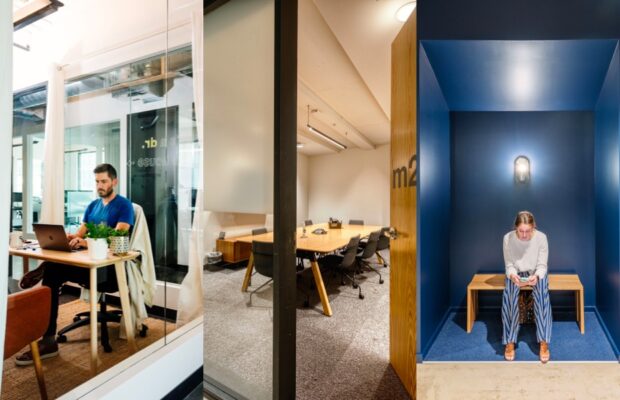Best Practices For Implementing A Hybrid Work Schedule
As the landscape of work continues to evolve, many organizations are embracing the hybrid work model—a blend of remote and in-office work. This shift offers employees greater flexibility and can lead to increased productivity and job satisfaction. However, successful implementation requires careful planning and strategic execution. Here we’ll discuss best practices to help company managers and leaders effectively implement a hybrid work schedule within their organizations.
Clearly Define the Hybrid Work Policy
Before implementing a hybrid work model, it’s crucial to establish a clear policy that outlines expectations, guidelines, and available options. Define the number of days employees are expected to work from the office and the flexibility they have in choosing those days. Also, clarify communication expectations, project deadlines, and any other relevant operational procedures.
Communicate Transparently (and Regularly)
Effective communication is vital during any organizational transition. Clearly communicate the rationale behind adopting a hybrid work schedule and the benefits it offers to both employees and the organization. Address any concerns and provide a platform for employees to ask questions and seek clarification. Regular updates and open channels of communication will help manage expectations and foster a sense of inclusion.
Prioritize Equitable Opportunities
Ensure that opportunities for growth, advancement, and recognition are equally accessible to both remote and in-office employees. Avoid creating a divide or giving preferential treatment based on physical presence. Implement performance evaluation systems that focus on outcomes and contributions rather than the location from which the work is performed.
Invest in Technology and Tools
To support seamless collaboration and productivity, invest in the right technology and tools. This includes robust video conferencing platforms, project management software, communication tools, and secure data sharing systems. Train employees to effectively use these tools and encourage their adoption for efficient remote collaboration.
Foster a Culture of Trust and Accountability
Trust is the foundation of any successful hybrid work environment. Encourage managers to trust their teams to manage their time and tasks effectively. Focus on results and outcomes rather than micromanaging hours worked. However, accountability should also be emphasized to ensure that work is completed on time and meets the required standards.
Offer Flexibility and Choice
Recognize that one size does not fit all when it comes to hybrid work. Provide flexibility for employees to choose their work hours and location based on their personal circumstances and job requirements. Consider offering options for flexible start and end times, compressed workweeks, or staggered shifts to accommodate diverse needs.
Invest in Employee Development and Well-being
Support employees’ growth and well-being by providing opportunities for training, skill development, and mentorship. Allocate resources for mental health initiatives, ergonomic home office setups, and wellness programs. Prioritize a healthy work-life balance and encourage breaks to prevent burnout.
Facilitate Inclusive Decision-making
Involve employees in the decision-making process related to the hybrid work model. Conduct surveys, focus groups, or town hall meetings to gather feedback and insights. Take employee opinions into account when making policy adjustments and improvements, making them feel valued and included in the organizational changes.
Measure and Adapt
Regularly evaluate the effectiveness of the hybrid work model through key performance indicators (KPIs), employee feedback, and productivity metrics. Use this data to make informed decisions, adapt the policy as needed, and continuously improve the hybrid work experience for employees and the organization.
Conclusion
At CENTRL, we believe in creating innovative solutions for everyday obstacles. Our meeting rooms, coworking spaces and flexible offices are designed to support flexibility during the workday, making them ideal for hybrid schedules. Have questions? We’re here to help! Reach out today to learn more about your options.


